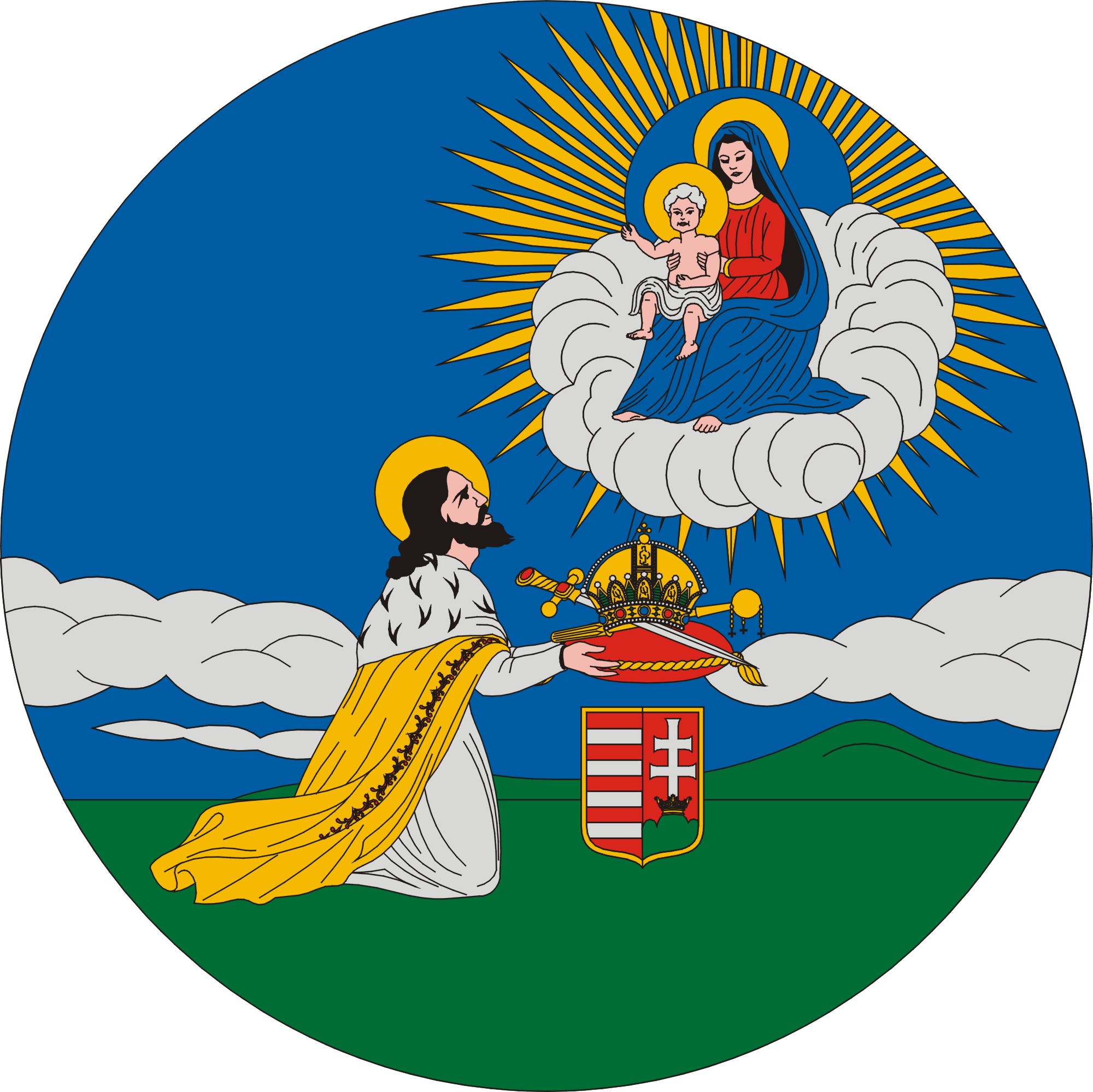|
Erdenet Thermal Power Plant
The Erdenet Thermal Power Plant ( mn, Эрдэнэтийн ДЦС) is a coal-fired power station A coal-fired power station or coal power plant is a thermal power station which burns coal to generate electricity. Worldwide, there are about 8,500 coal-fired power stations totaling over 2,000 gigawatts Nameplate capacity, capacity. They ... in Erdenet, Orkhon Province, Mongolia History In 1983, the Government of the Soviet Union agreed to construct the Erdenet Thermal Power Plant. The power plant went into operation in 1987. In 2016, the power plant underwent expansion of 50 MW with a cost of US$53 million. Technical specifications The power plant generated 324 GWh of electricity in 2019. See also * List of power stations in Mongolia References 1987 establishments in Mongolia Coal-fired power stations in Mongolia Buildings and structures in Orkhon Province Erdenet Energy infrastructure completed in 1987 {{powerstation-stub ... [...More Info...] [...Related Items...] OR: [Wikipedia] [Google] [Baidu] |
Mongolia
Mongolia; Mongolian script: , , ; lit. "Mongol Nation" or "State of Mongolia" () is a landlocked country in East Asia, bordered by Russia to the north and China to the south. It covers an area of , with a population of just 3.3 million, making it the world's most sparsely populated sovereign nation. Mongolia is the world's largest landlocked country that does not border a closed sea, and much of its area is covered by grassy steppe, with mountains to the north and west and the Gobi Desert to the south. Ulaanbaatar, the capital and largest city, is home to roughly half of the country's population. The territory of modern-day Mongolia has been ruled by various nomadic empires, including the Xiongnu, the Xianbei, the Rouran, the First Turkic Khaganate, and others. In 1206, Genghis Khan founded the Mongol Empire, which became the largest contiguous land empire in history. His grandson Kublai Khan conquered China proper and established the Yuan dynasty. After the c ... [...More Info...] [...Related Items...] OR: [Wikipedia] [Google] [Baidu] |
Erdenet
Erdenet ( mn, Эрдэнэт, literally "with treasure") is the third-largest city in Mongolia, with a 2018 population of 98,045, and the capital of the aimag (province) of Orkhon. Located in the northern part of the country, it lies in a valley between the Selenge and Orkhon rivers about (as the crow flies) northwest of Ulaanbaatar, Darkhan, the capital. The road length between Ulaanbaatar and Erdenet is about . History Erdenet, one of the youngest settlements in Mongolia, was founded in 1974Michael Kohn: ''Mongolia'', p. 142, London (2008) in an area where large deposits of copper had been discovered in the 1950s. A single-track railway line with a length of linking Erdenet to the Trans-Mongolian Railway was inaugurated in 1977. In the middle of the 1980s, more than 50% of the inhabitants were Russians working as engineers or miners. After the fall of Soviet Communism in 1990, however, most Russians left Erdenet. Today, about 10% of the population is Russian. Erdenet Minin ... [...More Info...] [...Related Items...] OR: [Wikipedia] [Google] [Baidu] |
Orkhon Province
Orkhon Aimag ( mn, Орхон аймаг) is one of the 21 Aimags (provinces) of Mongolia, located in the north of the country. Its capital is Erdenet. The province is named after Orkhon River. This Aimag was cut out of Bulgan Aimag in 1994, to form a new entity together with its capital Erdenet, which had previously been administered as a federal municipality. Administrative subdivisions * - includes aimag capital Erdenet Erdenet ( mn, Эрдэнэт, literally "with treasure") is the third-largest city in Mongolia, with a 2018 population of 98,045, and the capital of the aimag (province) of Orkhon. Located in the northern part of the country, it lies in a valley ... References Provinces of Mongolia States and territories established in 1994 1994 establishments in Mongolia {{Mongolia-geo-stub ... [...More Info...] [...Related Items...] OR: [Wikipedia] [Google] [Baidu] |
Coal-fired Power Station
A coal-fired power station or coal power plant is a thermal power station which burns coal to generate electricity. Worldwide, there are about 8,500 coal-fired power stations totaling over 2,000 gigawatts capacity. They generate about a third of the world's electricity, but cause many illnesses and early deaths, mainly from air pollution. A coal-fired power station is a type of fossil fuel power station. The coal is usually pulverized and then burned in a pulverized coal-fired boiler. The furnace heat converts boiler water to steam, which is then used to spin turbines that turn generators. Thus chemical energy stored in coal is converted successively into thermal energy, mechanical energy and, finally, electrical energy. Coal-fired power stations emit over 10 Gt of carbon dioxide each year, about one fifth of world greenhouse gas emissions, so are the single largest cause of climate change. More than half of all the coal-fired electricity in the world is generated ... [...More Info...] [...Related Items...] OR: [Wikipedia] [Google] [Baidu] |
Government Of The Soviet Union
The Government of the Soviet Union ( rus, Прави́тельство СССР, p=prɐˈvʲitʲɪlʲstvə ɛs ɛs ɛs ˈɛr, r=Pravítelstvo SSSR, lang=no), formally the All-Union Government of the Union of Soviet Socialist Republics, commonly abbreviated to Soviet Government, was the executive and administrative organ of state in the former Soviet Union. It had four different names throughout its existence; Council of People's Commissars (1923–1946), Council of Ministers (1946–1991), Cabinet of Ministers (January – August 1991) and Committee on the Operational Management of the National Economy (August–December 1991). It also was known as Workers-Peasants Government of the Soviet Union. The government was led by a chairman, most commonly referred to as " premier" by outside observers. The chairman was nominated by the Central Committee of the Communist Party of the Soviet Union (CPSU) and elected by delegates at the first plenary session of a newly elected Supreme Sov ... [...More Info...] [...Related Items...] OR: [Wikipedia] [Google] [Baidu] |
1987 Establishments In Mongolia
File:1987 Events Collage.png, From top left, clockwise: The MS Herald of Free Enterprise capsizes after leaving the Port of Zeebrugge in Belgium, killing 193; Northwest Airlines Flight 255 crashes after takeoff from Detroit Metropolitan Airport, killing everyone except a little girl; The King's Cross fire kills 31 people after a fire under an escalator Flashover, flashes-over; The MV Doña Paz sinks after colliding with an oil tanker, drowning almost 4,400 passengers and crew; Typhoon Nina (1987), Typhoon Nina strikes the Philippines; LOT Polish Airlines Flight 5055 crashes outside of Warsaw, taking the lives of all aboard; The USS Stark is USS Stark incident, struck by Iraq, Iraqi Exocet missiles in the Persian Gulf; President of the United States, U.S. President Ronald Reagan gives a famous Tear down this wall!, speech, demanding that Soviet Union, Soviet leader Mikhail Gorbachev tears down the Berlin Wall., 300x300px, thumb rect 0 0 200 200 Zeebrugge disaster rect 200 0 400 200 ... [...More Info...] [...Related Items...] OR: [Wikipedia] [Google] [Baidu] |
Coal-fired Power Stations In Mongolia
Coal is a combustible black or brownish-black sedimentary rock, formed as rock strata called coal seams. Coal is mostly carbon with variable amounts of other elements, chiefly hydrogen, sulfur, oxygen, and nitrogen. Coal is formed when dead plant matter decays into peat and is converted into coal by the heat and pressure of deep burial over millions of years. Vast deposits of coal originate in former wetlands called coal forests that covered much of the Earth's tropical land areas during the late Carboniferous (Pennsylvanian) and Permian times. Many significant coal deposits are younger than this and originate from the Mesozoic and Cenozoic eras. Coal is used primarily as a fuel. While coal has been known and used for thousands of years, its usage was limited until the Industrial Revolution. With the invention of the steam engine, coal consumption increased. In 2020, coal supplied about a quarter of the world's primary energy and over a third of its electricity. Some iron an ... [...More Info...] [...Related Items...] OR: [Wikipedia] [Google] [Baidu] |
Buildings And Structures In Orkhon Province
A building, or edifice, is an enclosed structure with a roof and walls standing more or less permanently in one place, such as a house or factory (although there's also portable buildings). Buildings come in a variety of sizes, shapes, and functions, and have been adapted throughout history for a wide number of factors, from building materials available, to weather conditions, land prices, ground conditions, specific uses, prestige, and aesthetic reasons. To better understand the term ''building'' compare the list of nonbuilding structures. Buildings serve several societal needs – primarily as shelter from weather, security, living space, privacy, to store belongings, and to comfortably live and work. A building as a shelter represents a physical division of the human habitat (a place of comfort and safety) and the ''outside'' (a place that at times may be harsh and harmful). Ever since the first cave paintings, buildings have also become objects or canvasses of much artistic ... [...More Info...] [...Related Items...] OR: [Wikipedia] [Google] [Baidu] |




